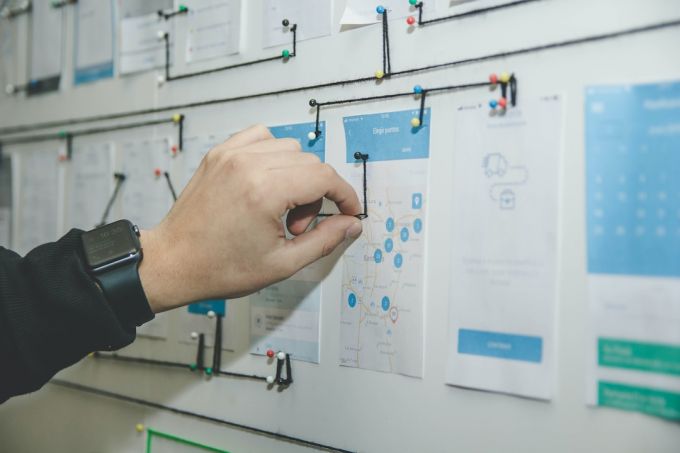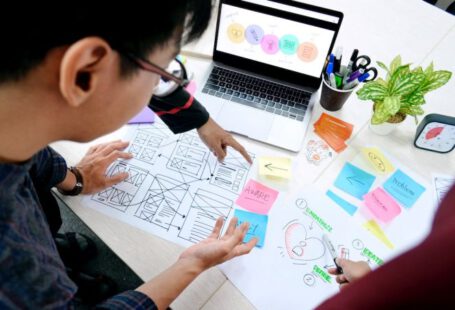As technology continues to evolve at a rapid pace, so does the field of user experience (UX) design. UX design plays a crucial role in creating seamless and intuitive experiences for users, and staying ahead of the curve is essential for designers in this ever-changing landscape. With that in mind, let’s explore some predicted trends for UX design in 2022.
1. Designing for Voice and Conversational Interfaces
With the increasing popularity of voice assistants such as Siri and Alexa, designing for voice and conversational interfaces is becoming a vital aspect of UX design. Users are now expecting more natural and intuitive interactions with technology, and voice-based interfaces are at the forefront of this trend. In 2022, we can expect to see UX designers focusing on creating conversational experiences that seamlessly integrate with various devices and platforms.
2. Embracing Augmented Reality (AR) and Virtual Reality (VR)
Augmented Reality (AR) and Virtual Reality (VR) technologies have gained significant traction in recent years, and their impact on UX design is only going to grow in 2022. As these technologies become more accessible and affordable, UX designers will need to adapt their strategies to incorporate immersive experiences. From AR overlays on physical products to fully immersive VR environments, the possibilities for enhancing user experiences are boundless.
3. Prioritizing Accessibility and Inclusive Design
Inclusivity and accessibility have always been important considerations in UX design, but they will take center stage in 2022. Designers will need to ensure that their interfaces are accessible to all users, regardless of their abilities or disabilities. This includes incorporating features such as screen readers, alternative text for images, and intuitive navigation for those with motor impairments. By prioritizing accessibility, UX designers can create experiences that are truly inclusive and cater to a diverse range of users.
4. Incorporating Biometric Data and Personalization
As technology continues to advance, so does our ability to collect and analyze biometric data. In 2022, UX designers will have the opportunity to leverage this data to create personalized experiences for users. By understanding users’ physiological and emotional responses, designers can tailor interfaces to better meet their needs and preferences. This could include adjusting elements such as color schemes, font sizes, and layout based on individual user profiles.
5. Implementing Microinteractions and Microanimations
Microinteractions and microanimations are small, subtle interactions that enhance the overall user experience. They can range from a simple button animation to a loading spinner or a progress bar. In 2022, UX designers will continue to focus on these small details that make a big difference. By implementing well-thought-out microinteractions and microanimations, designers can create more engaging and delightful experiences for users.
6. Designing for Multi-Platform Experiences
With the proliferation of devices and platforms, UX designers will need to think beyond single-screen experiences in 2022. Designing for multi-platform experiences will become increasingly important as users expect seamless transitions between devices. This could involve creating consistent design patterns across different platforms or developing adaptive interfaces that adjust to different screen sizes and input methods.
7. Integrating AI and Machine Learning
Artificial Intelligence (AI) and Machine Learning (ML) technologies have already made their mark on UX design, and their influence will only grow in 2022. From chatbots that provide personalized recommendations to predictive analytics that anticipate user needs, AI and ML will play a significant role in shaping user experiences. UX designers will need to understand how to leverage these technologies effectively and ethically to create valuable and meaningful interactions.
In conclusion, the future of UX design is filled with exciting possibilities. From designing for voice and conversational interfaces to embracing AR and VR, prioritizing accessibility, and integrating AI and ML, 2022 promises to be a year of innovation and creativity. By staying informed and adapting to these predicted trends, UX designers can continue to create exceptional experiences that meet the ever-evolving needs of users in the digital age.





